
Riken Yamamoto wins 2024 Pritzker Architecture Prize
Japanese architect Riken Yamamoto has been named the winner of this year's Pritzker Architecture Prize for his buildings that are a "background and foreground to everyday life".
Yamamoto, who is the 53rd Pritzker Architecture Prize laureate and the ninth from Japan, was honoured for his buildings that aim to foster community.
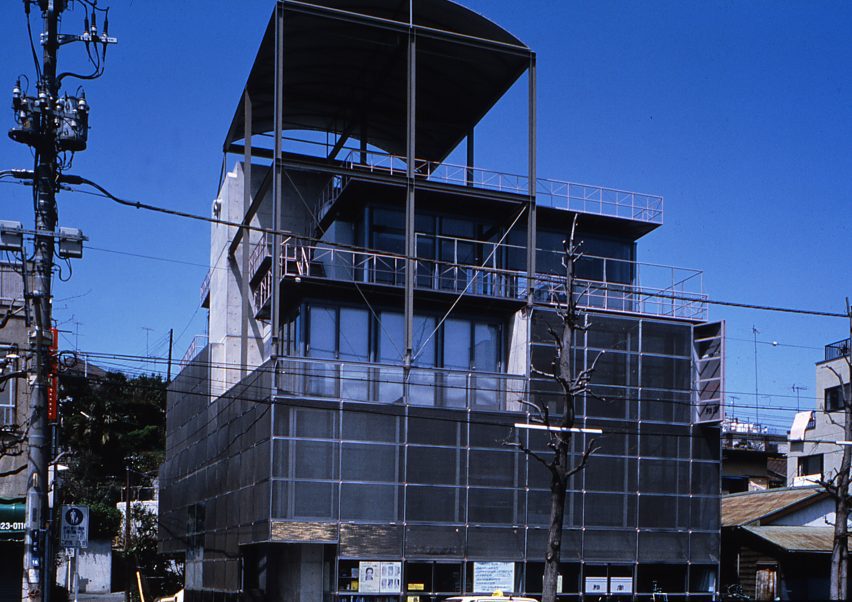
"For me, to recognise space, is to recognise an entire community," said Yamamoto.
"The current architectural approach emphasises privacy, negating the necessity of societal relationships. However, we can still honour the freedom of each individual while living together in architectural space as a republic, fostering harmony across cultures and phases of life."
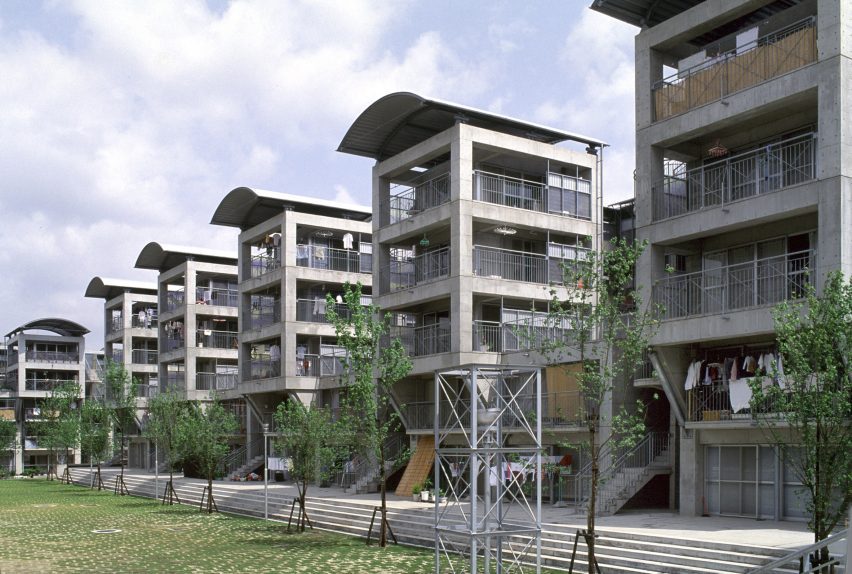
The jury, led by Chilean architect and 2016 Pritzker Architecture Prize winner Alejandro Aravena, believed that many of the ideals in Yamamoto's work, including the blurring of public and private spaces, could be applied to future cities.
"One of the things we need most in the future of cities is to create conditions through architecture that multiply the opportunities for people to come together and interact," explained Aravena.
"By carefully blurring the boundary between public and private, Yamamoto contributes positively beyond the brief to enable community," he continued.
"He is a reassuring architect who brings dignity to everyday life. Normality becomes extraordinary. Calmness leads to splendor."
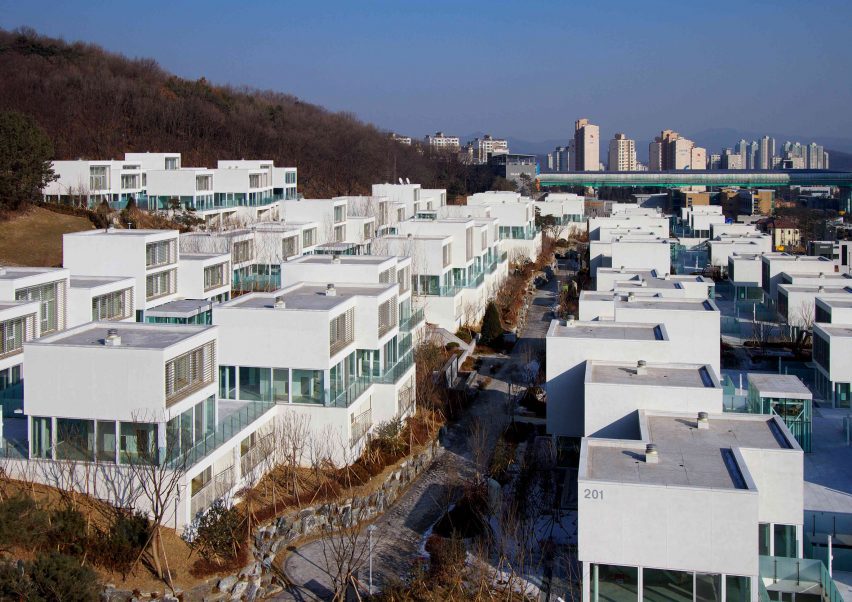
Through his five-decade career, Yamamoto has built numerous private homes, housing projects, schools, university campuses, civic buildings, museums and even a fire station.
His works often incorporate terraces, courtyards and other outdoor spaces that can encourage interaction with the building's surroundings.
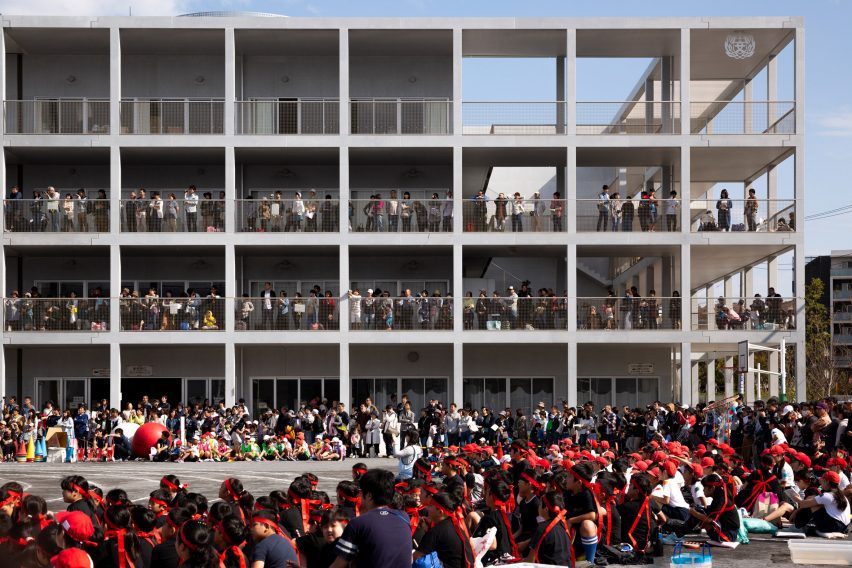
Born in Beijing, China, Yamamoto studied architecture at Nihon University, Tokyo University of the Arts and the University of Tokyo before establishing his studio – Yamamoto & Field Shop Co – in 1973.
His early houses included Yamakawa Villa in 1977, which was arranged around a large covered terrace, and his own Gazebo home in 1986, which incorporates outdoor terraces and courtyard spaces.
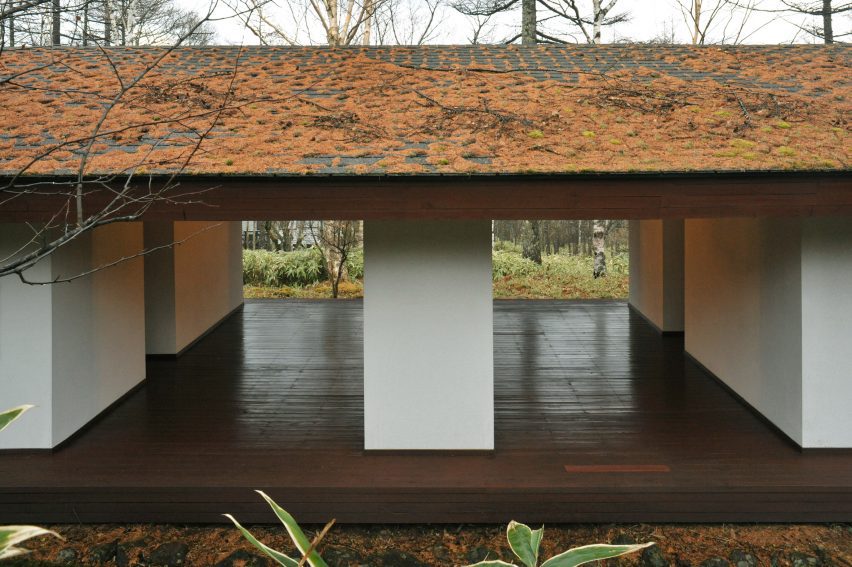
The larger housing projects that followed were designed on similar principles, with the aim of encouraging interaction between residents.
His best-known housing projects include the low-rise Pangyo Housing development in Seongnam, South Korea, which has a commune deck on the first floor for residents.
Yamamoto's first social housing project, the Hotakubo Housing in Kumamoto, Japan, contains 110 homes arranged around a tree-lined central square.
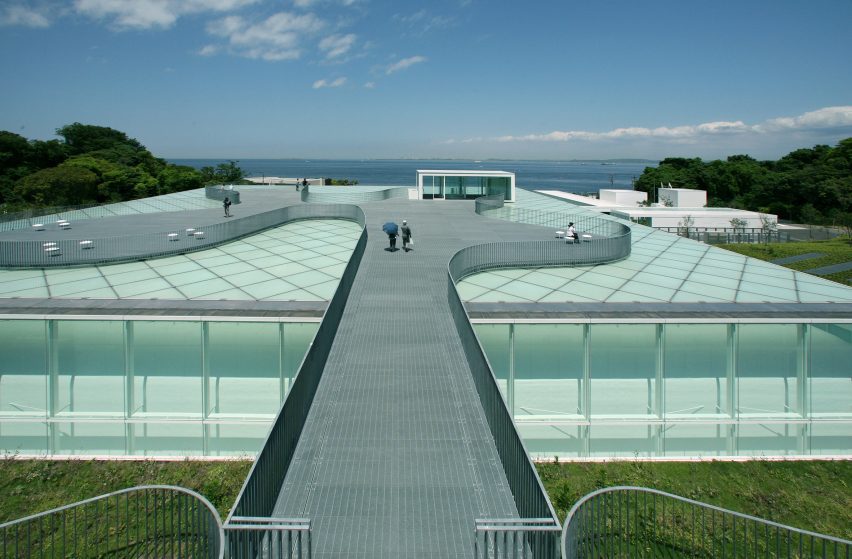
Other key examples of his ethos include the Future University of Hakodate, which contains a large, multi-level, open study space and the Yokosuka Museum of Art, which is topped with a curved viewing platform.
The Koyasu Elementary School has terraces that connect all the classrooms, while the Tianjin Library in China has numerous floors and mezzanines arranged to hold the collection of six million books.
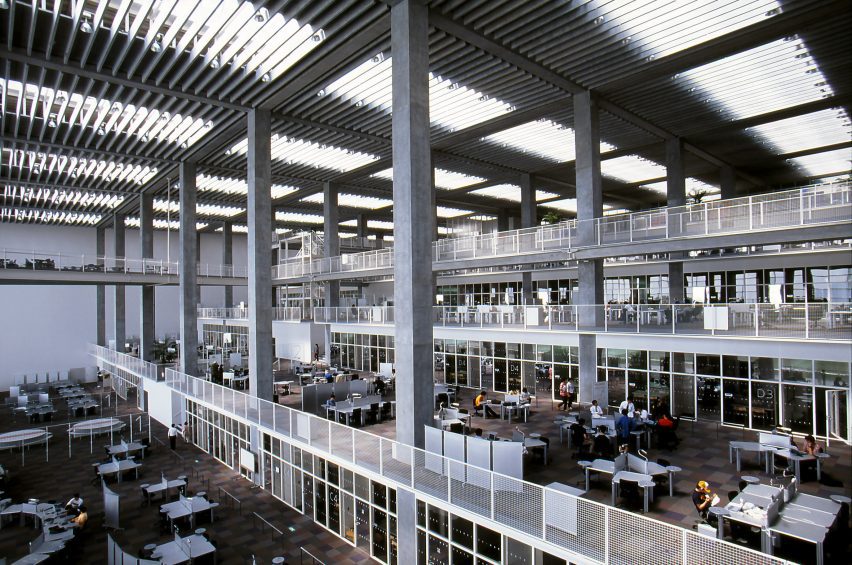
Yamamoto is the ninth Japanese architect to win the prize, following Arata Isozaki, Shigeru Ban, Toyo Ito, Kazuyo Sejima and Ryue Nishizawa, Tadao Ando, Fumihiko Maki and Kenzo Tange. Japanese architects have won the award more times than any other nationality in its 45-year history.
Last year's prize was awarded to British architect David Chipperfield, while Burkinabè architect Diébédo Francis Kéré was named the winner in 2022.
Jury citation
The Pritzker Prize is conferred in acknowledgment of those qualities of talent, vision and commitment, which have persistently produced significant contributions to humanity and the built environment through the art of architecture. In his long, coherent, rigorous career, Riken Yamamoto has managed to produce architecture both as background and foreground to everyday life, blurring boundaries between its public and private dimensions, and multiplying opportunities for people to meet spontaneously, through precise, rational design strategies.
By the strong, consistent quality of his buildings, he aims to dignify, enhance and enrich the life of individuals – from children to elders – and their social connections. And he does this through a self-explanatory yet modest and pertinent architecture, with structural honesty and precise scaling, with careful attention to the landscape of the surroundings.
His architecture clearly expresses his beliefs through the modular structure and the simplicity of its form. Yet, it does not dictate activities, rather it enables people to shape their own lives within his buildings with elegance, normality, poetry and joy.
Riken Yamamoto deliberately engages with the widest range of building types as well as scales in the projects he chooses. Whether he designs private houses or public infrastructure, schools or fire stations, city halls or museums, the common and convivial dimension is always present. His constant, careful and substantial attention to community has generated public interworking space systems that incentivize people to convene in different ways. The entire building space of the Saitama Prefectural University (1999), for instance, is conceived as a community.
Yamamoto suggests rather than imposes this shared dimension through understated, yet precise architectural interventions. By including spaces for common activities within, in addition to and even regardless of the main function of his buildings, he allows these to integrate into the quotidian life of the community, instead of being only experienced in exceptional circumstances. The two departments for the students and researchers to work together in the Future University, Hakodate (2000), or the transparent louvred glass facade to expose the inner workings of the department in the Hiroshima Fire Station (2000) both exemplify his belief in the concept of transparency as a reflection of the functionality and accessibility of the space for users and viewers alike.
As a young architect born in China and trained in Japan, he felt the urgency to complete his own education with a real understanding of the 'other than the self.' He extensively travelled not (primarily) to visit renowned monuments, but rather to experience at first hand the culture and everyday life of communities on other continents. From North to South America, across the Mediterranean to the Middle East and Asia, Yamamoto has investigated the roots and history of community life that he might bring his own contribution to the modernization of the contemporary city through architecture. For him a building has a public function even when it is private.
Riken Yamamoto is not an architecture historian, yet he learns from the past as well as from different cultures. As an architect, he does not copy from the past, rather he adapts, re-uses and evolves, showing that fundamentals persist in their relevance. Yamamoto has expanded the toolbox of the profession towards both the past and the future to be able to give each time, in very different modes and at very different scales, the most pertinent response to the challenges of both the built environment and of collective living.
For creating awareness in the community in what is the responsibility of the social demand, for questioning the discipline of architecture to calibrate each individual architectural response, and above all for reminding us that in architecture, as in democracy, spaces must be created by the resolve of the people, Riken Yamamoto is named the 2024 Pritzker Prize Laureate.